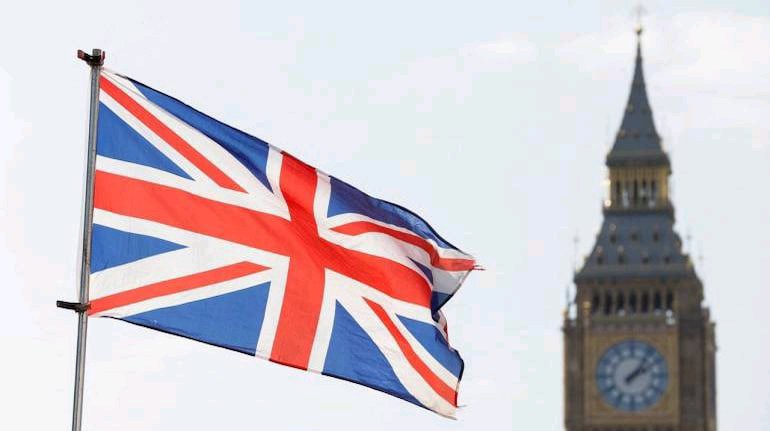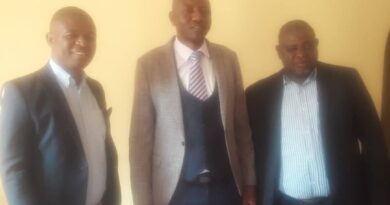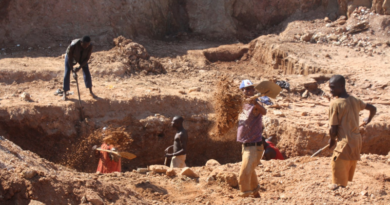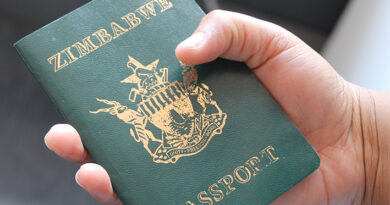13 First Chimurenga/Umvhukela Heroes’ Remains Identified In UK, Switzerland
THE National Museums and Monuments of Zimbabwe (NMMZ) has positively identified the remains of 13 First Chimurenga war heroes that are being kept at three different institutions in the United Kingdom and Switzerland, with plans underway to facilitate their repatriation.
The British Natural History Museum in London has since agreed to return the remains of 11 war heroes that are being kept at the institution after they were shipped off to Europe as war trophies following the Matabele rebellions and the First Chimurenga in the 1890s.
The authorities have established that at least 11 remains are being kept at the Natural History Museum, while two others are at the Duckworth Laboratory at the University of Cambridge and at an unnamed institution in Switzerland.
In an interview, NMMZ acting executive director Mr Darlington Munyikwa said a committee to facilitate the repatriation of the remains was being set up.
“As you might be aware, the Government of Zimbabwe sent a delegation to the UK in 2022 to carry out a survey to look for the remains of liberation icons at several UK institutions,” said Mr Munyikwa.
“The delegation discovered human remains and made a recommendation for their repatriation, as well as a benchmarking visit to countries that have carried out repatriation in the past.”
Zimbabwean experts, he said, subsequently undertook visits to Namibia, Tanzania and Kenya.
“The British Natural History Museum approved the return of remains of 11 individuals located in the museum,” he continued.
“The request for the return of human remains from the Duckworth Laboratory at the University of Cambridge has not yet been approved.
“There are 11 individual human remains in the British Natural History Museum; one in the Duckworth Laboratory and one more in a cemetery in Switzerland.”
A repatriation roadmap that will include timelines, he added, was being developed.
“The repatriation plan will also indicate the repository place of the returned humans.
“In fact, a repatriation committee will be set up to come up with a repatriation plan.”
The remains, believed to be of First Chimurenga war heroes, were shipped as war trophies to Europe during the early colonial years.
Some of the skulls are understood to belong to early leaders of the struggle against colonialism, including Mbuya Nehanda, Sekuru Kaguvi, Chief Chinengundu Mashayamombe and Chief Makoni Chingaira.
For years, the Government has been pushing for the repatriation of dozens of skulls of Zimbabwean war heroes, who were beheaded by British forces at the height of the first uprisings against colonialism, and are being held for display in some British museums.
In 2019, the Natural History Museum in London submitted a report to the Government detailing the origins of several human remains they were holding as part of their catalogue.
The archival report, compiled by a team of British experts, traced the origins of individual skulls through documentation that was used at the time to facilitate the artifacts’ shipment to Britain.
The experts pored through voluminous documents kept in historical archives in Britain and South Africa in order to positively identify the skulls.
During the First Chimurenga, British invasion forces publicly beheaded “troublesome” resistance movement leaders partly to intimidate the locals.
The heads were also used as trophies.
In 2018, Namibia successfully repatriated skulls and other remains of the Herero and Nama tribespeople used in colonial-era experiments by German colonial authorities to push claims of European racial superiority.
In what historians call the first genocide of the 20th century, soldiers of German Kaiser Wilhelm slaughtered some 65 000 Herero and 10 000 Nama tribespeople in a 1904-1908 campaign in retaliation for a revolt against land seizures by German colonialists.
Recently, the UK returned 32 gold and silver treasures stolen from the Asante Kingdom more than 150 years ago in what is today’s Ghana on a six-year loan.
The artefacts, comprising 15 items from the British Museum and 17 from the Victoria and Albert Museum, were looted from the court of the Asante king during the turbulent 19th-century clashes between the British and the Asante people.
Sunday Mail




